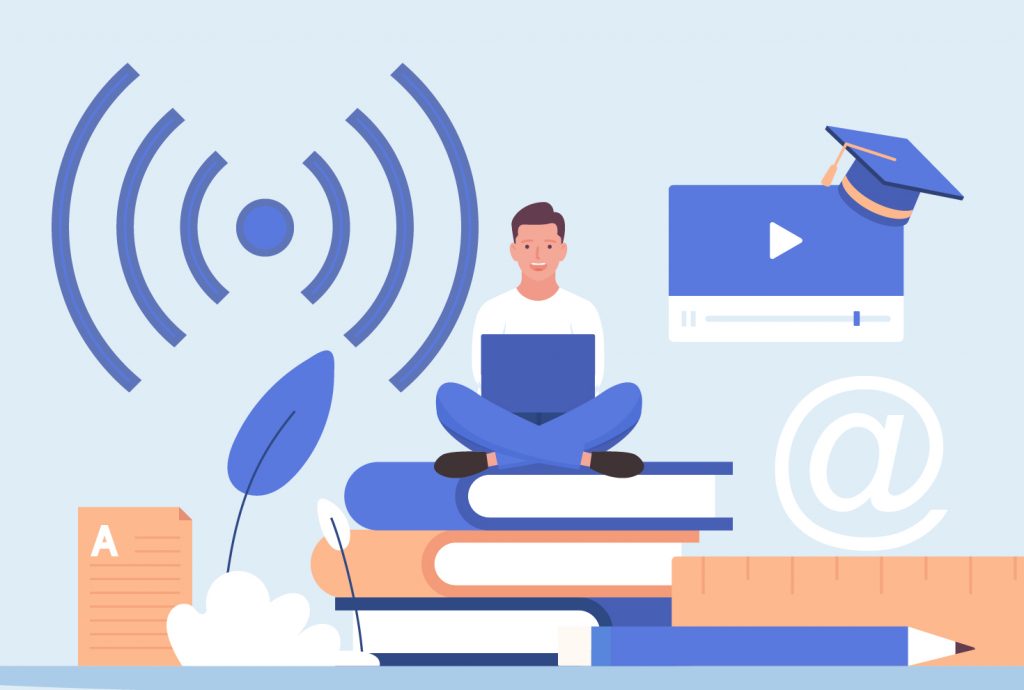Schools are reaping big dividends from investments in online access

Internet access has been a critical resource for public schools during the COVID-19 pandemic. It has enabled teachers to reach out and educate students remotely. As things go back to normal, investments in internet access will need to continue, according to a study of 9,000 schools conducted by a research team from Texas A&M University, University of Notre Dame and Rice University.
Do students benefit from increased internet access in public schools? This has been an open policy question. Advocates of internet-based learning argue it improves student access, engagement, and personalized learning. Its detractors cite children’s access to obscene or harmful content and disciplinary problems.
To address these policy questions, the research team created the largest and most comprehensive dataset to date. The dataset of 1,243 school districts represents more than 9,000 Texas public schools from 2000 to 2014. The team measured internet-access spending along with indicators of academic performance indicators and disciplinary problems. It used statistical techniques to isolate the effect of internet-access spending on academic performance and disciplinary problems. Of note, this dataset examines the effect of internet access spending in a pre-COVID era.
Even when schools are fully physical, increased school district internet spending is strongly associated with improved academic outcomes. In addition to improved graduation rates, increased internet spending was also associated with improvement in commended performance in math, reading, writing, and social studies. Districts with increased internet access spending also showed a higher number of students meeting SAT/ACT criteria and completing advanced courses. These improvements, according to the research study, were stronger for students who lived in counties with greater internet access (as measured by the number of broadband providers). It seems that increased internet access at home and at school has a symbiotic benefit for students.
“Texas public schools have provided important insights for education policy,” said study co-author Shrihari Sridhar, a professor of marketing at Texas A&M’s Mays Business School. “Many public schools ramped up internet access spending during the COVID-19 pandemic. As we move past COVID-19 to a more physical-based learning environment internet access spending needs to be maintained at previous levels or even increased. This is a worthwhile investment with very high returns—academic performance and financial gains.”
“We caution that the clear and meaningful academic benefits from increased internet access can also increase disciplinary issues such as cyberbullying. Therefore, schools will do well to create and implement policies to address them,” continued Sridhar.
Sridhar recently published his study with colleagues Yixing Chen of Notre Dame and Vikas Mittal of Rice University in the Journal of Marketing Research.

